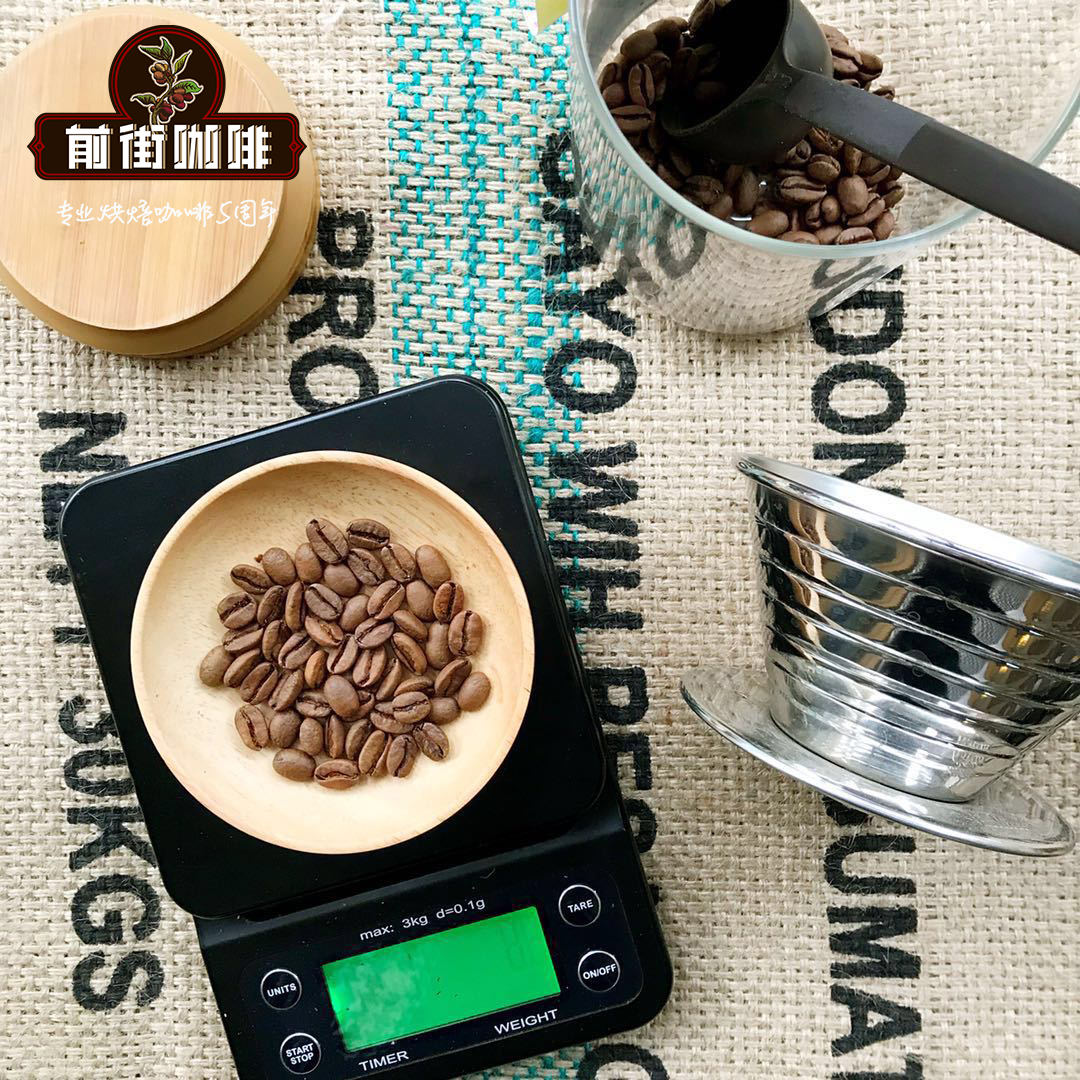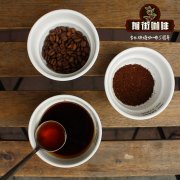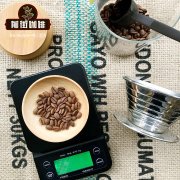Are the coffee beans you bought 100% Arabica? Why do so many people like Arabica coffee?
Professional coffee knowledge exchange more coffee bean information please follow the coffee workshop (Wechat official account cafe_style)

Arabica, also known as small coffee beans, is native to Ethiopia. Coffee planting conditions are more stringent, disease resistance is weak, higher altitude requirements, slower growth, higher quality, raw bean treatment is more refined.
Arabica Coffee Tree is a large shrub with coconut-shaped leaves and dark green leaves and coconut-shaped fruit. Generally, there are two slightly flat beans with long coconut shape on the front, narrow and curved cracks in the middle, S-shaped, and a flat arc on the back of the beans. Caffeine content is about 0.8% Rue 1.5%.
It grows at colder high altitudes in the tropics and is an important kind of commercial coffee with a fruiting period of less than three years and a high-quality aroma and sour taste. Arabica coffee beans are of Ethiopian origin, mainly in South America (except parts of Argentina and Brazil), Central America, Africa (Kenya, Ethiopia, etc.), mainly East African countries, Asia (parts of Yemen, India and Papua New Guinea) In terms of composition alone, Arabica coffee has a low caffeine content, ranging from 0.9% to 1.2%, and is rich in fat and sugar, so it has a soft, non-irritating, fresh and sweet taste; it has a varied and broad potential flavor. Arabica coffee produced in different regions, different elevations and different climates usually has its own characteristics and can show a completely different flavor. "Arabica" coffee smells like grass when it is not roasted. After proper roasting, it shows "fruity" (medium to shallow roasting) and "caramel sweetness" (deep roasting).
1, the market share is relatively large, there are many varieties of coffee, first of all, the two most common varieties are: Arabica and Robusta! The coffee beans on the market, unless there is coffee specially grown by Robusta, no matter what name you encounter, such as Yega Sheffield, Mantenin, Columbia, etc., all belong to the subline or native varieties under the Arabica variety.
2. Expensive Arabica is generally more expensive than other coffee beans
3. Under different planting conditions, it is best to plant in high altitude areas, with lower temperature and lower yield. It has a stronger taste, elegant mellow and acidity; about 1% caffeine (by weight) is expensive: other coffee beans are usually grown at lower elevations and higher temperatures, resulting in higher yields. Lighter taste, about 2% caffeine, lower price
Important Notice :
前街咖啡 FrontStreet Coffee has moved to new addredd:
FrontStreet Coffee Address: 315,Donghua East Road,GuangZhou
Tel:020 38364473
- Prev

What are the producing areas of coffee beans in Brazil? what varieties do they grow?
Professional coffee knowledge exchange more coffee bean information please follow the coffee workshop (Wechat official account cafe_style) Brazil has 26 states, 17 states produce coffee, but 7 of them produce the largest, accounting for 98% of the country's total production. , of which: Parana, SaoPaulo, Minas Gerais and Saint Eyre
- Next

Why is there a small hole in the bag when buying coffee beans?
Professional coffee knowledge exchange more coffee bean information Please follow the coffee workshop (official Wechat account cafe_style). Have you ever had the experience that when you buy coffee beans in a store, you can't help but squeeze the packaging with your hands, then suck into the hole in the packaging, squeeze and say, "Wow does this coffee smell good?" Here I would like to remind you that this is actually a wrong demonstration, and it will be filmed.
Related
- Guji coffee producing area of Guji, Ethiopia: Humbela, Shakiso, Wulaga
- What is the most expensive variety of Qiloso in BOP multi-variety group?
- How to store the coffee beans bought home?
- Why are Yemeni coffee beans so rare now?
- Ethiopian Sidamo all Red Fruit Sun Sun Santa Vini Coffee beans
- SOE is mostly sour? What does it mean? Is it a single bean? what's the difference between it and Italian blending?
- Is Italian coffee beans suitable for making hand-brewed coffee?
- How to choose coffee beans when making cold coffee? What kind of coffee beans are suitable for making cold coffee?
- Just entered the pit to make coffee, what kind of coffee beans should be chosen?
- Can only Japan buy real Blue Mountain Coffee? What are authentic Jamaican Blue Mountain coffee beans?

